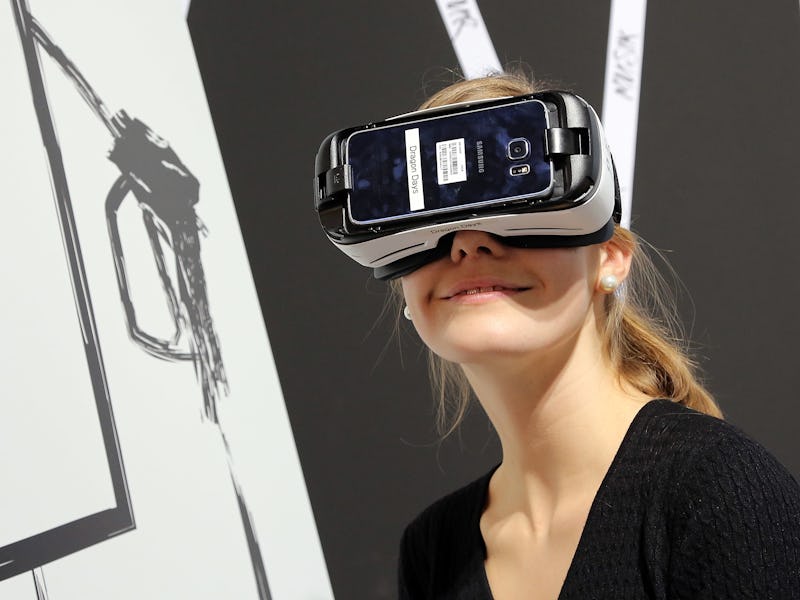
A wearable robot exoskeleton is helping paralyzed patients walk again, thanks to a unique new design that promises more fluid movement. Researchers at Beihang University in China and Aalborg University in Denmark, who had their research published on Tuesday in the Review of Scientific Instruments, now have big plans to expand the robot’s capabilities, using brain signals and virtual reality to help make the experience more immersive.
“We plan to streamline it to be wearable, and to provide a comfortable training experience,” said Weihai Chen, a professor at Beihang University’s School of Automation Science and Electrical Engineering. “Our team is also developing virtual reality games to help make the training process more enjoyable.”
Robot exoskeletons are nothing new, and indeed some also set out to help paralyzed patients walk again. Some are aimed at able-bodied humans, like the Hermes exoskeleton that greatly improves muscle reflexes. Others are aimed at, er, monkeys controlling robot armies, like Kindred’s outlandish design.
A prototype of the Beihang robot.
The Beihang robot is different from these previous efforts, as it more closely mimics the movement of the human knee, leading to a more natural feeling of support from the robot. This should reduce the amount of unnecessary pressure placed on the joints, and improve comfort for the wearer. “Our new design features a parallel knee joint to improve the bio-imitability and adaptability of the exoskeleton,” Chen said.
Virtual reality and natural movement sound cool, but the team wants to go further. One day, they hope to scan a wearer’s brain waves to control the exoskeleton, making it feel closer to an extension of the patient.
“We can obtain the movement intention from a patient’s electroencephalogram (EEG) — brain signals — and use it to directly control the exoskeleton,” Chen said. “These improvements should enable easy control and make the exoskeleton act as part of the human body.”
These plans are a while off, though, and before then the team wants to polish up their research, commercialize the product, and work with patients in hospitals to gain real-world feedback. It’s possible that these are the first steps towards training up patients in VR and sending them out in brain-controlled robot suits.